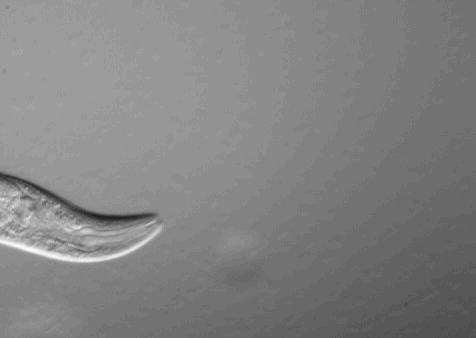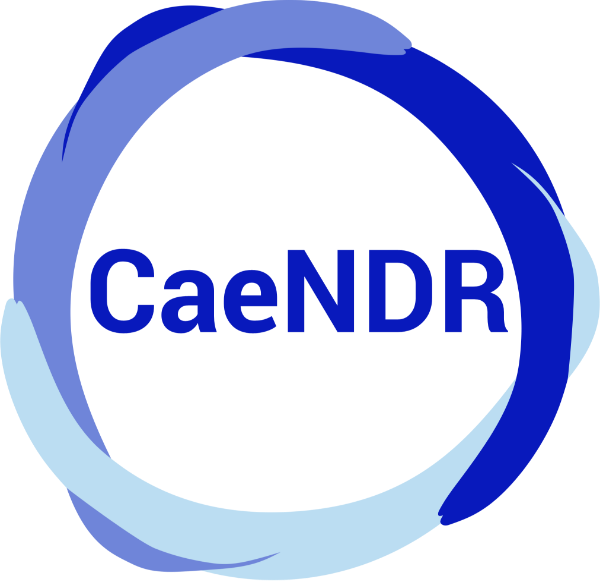What is C. elegans?
Caenorhabditis elegans is a non-parasitic nematode roundworm that lives in rotting material and eats bacteria and fungi. Because this species grows easily and quickly in the laboratory, it is a powerful model to learn about human development, complex behaviors, and evolutionary processes. For more information about C. elegans see this Wikipedia page

What about C. briggsae and C. tropicalis?
These two species are distantly related to C. elegans. For this reason, they can be used for comparative studies. Additionally, the two species are found worldwide and enable studies of population genomics and natural diversity in their own ways.
Global distribution of wild isolates
Most research groups that study C. elegans focus on the laboratory-adapted strain (called N2) isolated in Bristol, England in the 1950s. We have learned a great deal about basic biological processes from studies of this one strain. For the two other selfing Caenorhabditis species (C. briggsae and C. tropicalis), most studies focus on a single laboratory strain as well.
All wild strains are as different from one another as humans are different from one another. These strains are isolated from a variety of environments in nature when researchers collect rotting materials, including fruits, flowers, nuts, berries, stems, leaves, and compost. We can use the natural diversity of these strains to learn about how populations of individuals are genetically different from another and how those differences might impact disease.
CaeNDR goals
To facilitate the study of natural diversity by Caenorhabditis research groups, we created the Caenorhabditis Natural Diversity Resource (CaeNDR). We have three major goals:
- To accept, organize, and distribute wild strains to research groups that want to investigate their favorite trait(s) across natural Caenorhabditis strains. See strains.
- To sequence the whole genomes of wild C. elegans, C. briggsae, and C. tropicalis strains, provide the aligned sequence data, and facilitate discovery of genetic variation across the entire species. See Data.
- To perform genome-wide association mappings to correlate genotype with phenotype and identify genetic variation underlying quantitative traits.
Please let us know what we can do to facilitate your discoveries! We are interested in adding new resources and tools.
